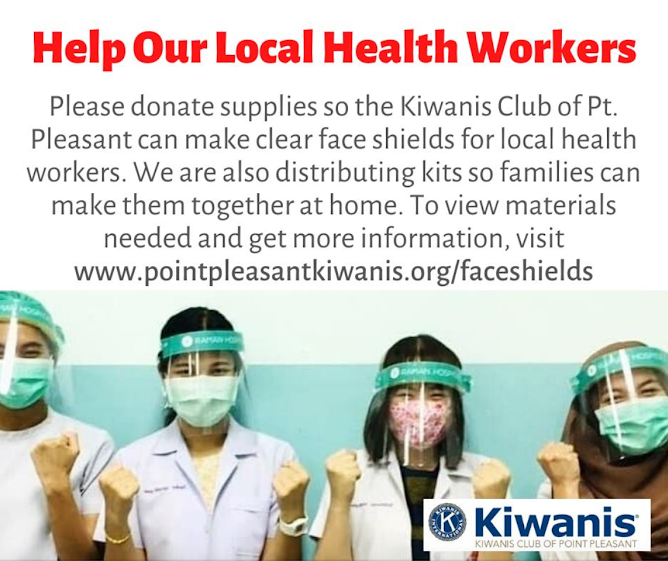
All over the world people are trying to do their part to help during this strange time. People are creating their own Personal Protective Equipment (PPE) and even making PPE to donate to local hospitals and other organizations. Here we would like to highlight some work that people in our community and all over the world are doing to help.

Point Pleasant Kiwanis are making and donating masks to local health workers alongside providing kits for anyone who wants to make and give out masks themselves.
After a short drive from Brick, you can find yourself in Point Pleasant where the Kiwanis Club of Point Pleasant is doing their part to help. They have designed face shields for first responders and health workers using vinyl (or another type of clear material), double-sided mounting tape, foam (polyurethane foam), and elastic. For more information to help the Kiwanis of Point Pleasant, go to https://www.pointpleasantkiwanis.org/faceshields or their Facebook page at https://www.facebook.com/PointPleasantNJKiwanis/. For instructions on how to make their face shields, you can go to https://psjh.blob.core.windows.net/covid/PSJH_Faceshield.pdf.
Article by: Alison Edwards